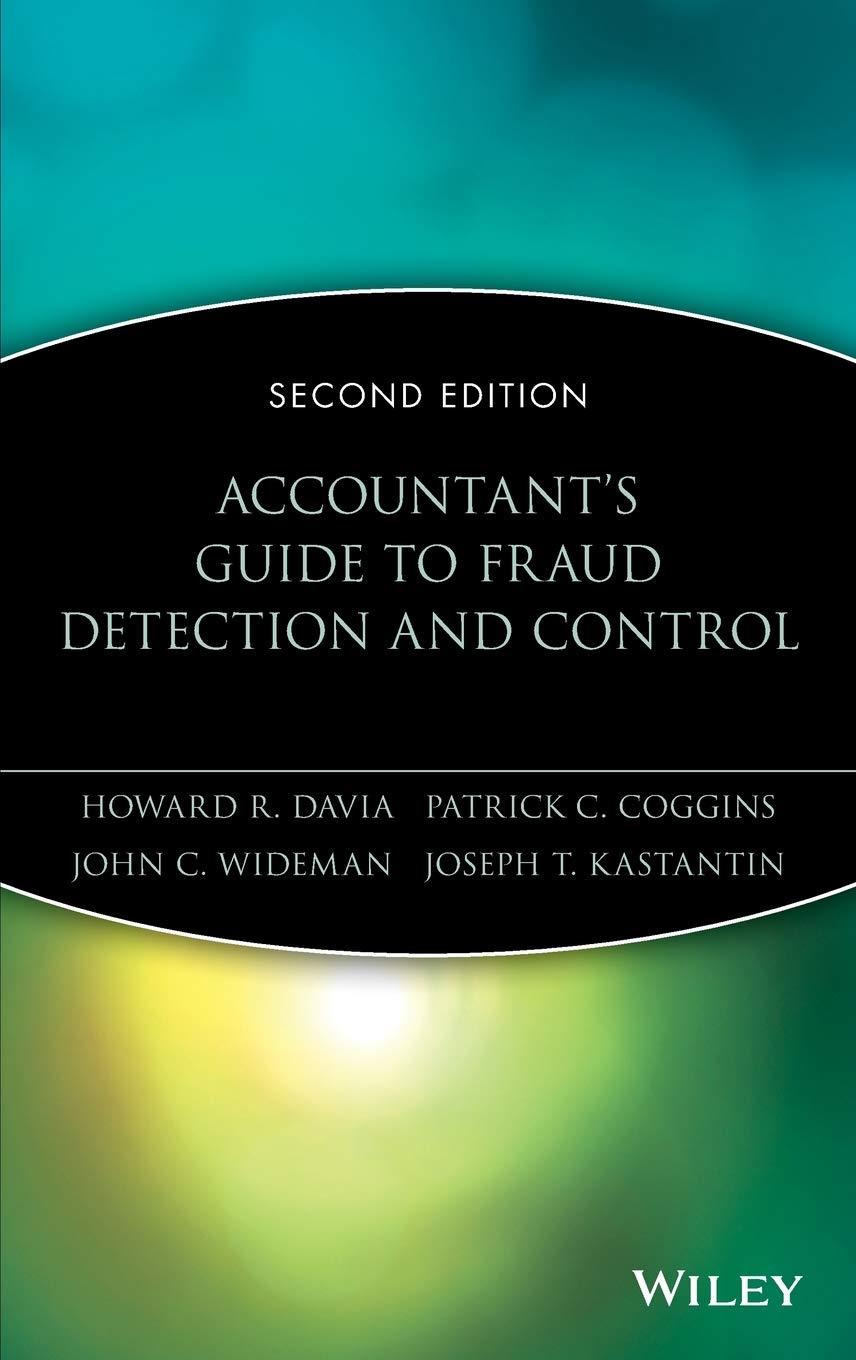Answered step by step
Verified Expert Solution
Question
1 Approved Answer
You are the Finance Director of Kaka Radiators Limited, a large private company. Kaka Radiators Ltd has an established accounting policy for the treatment of
You are the Finance Director of Kaka Radiators Limited, a large private company. Kaka Radiators Ltd has an established accounting policy for the treatment of any expenditure on research and development, on which it spends to each year. The company's policy effectively splits expenditure on research and development into one of two categories.
i Longterm research funding undertaken for the general strategic benefit of the organization which may develop into ideas for specific products, although this cannot be assumed; and
ii Specific development funding undertaken in order to develop new products or enhance existing products which will probably result in material revenue streams in the shortterm.
In the former case, this is budgeted as revenue expenditure each year. In the latter case, the process has been successful in recent years and the auditors have been content with the company's accounting to capitalise the relevant expenditure and include it as an asset on the balance sheet and to then subsequently amortise it usually over a period of two to three years against the associated revenue stream. For audit purposes, the auditors would want to see hard evidence that all the requirements of the applicable accounting standard have been met to demonstrate that there is an asset that will generate probable future economic benefits and can therefore be recognised as such in the financial statements.
Recently, you have become aware that an investment of made in each of the last two years in relation to a new research and development programme has not been properly assessed. Although in aggregate has been committed and spent, your enquiries are leading you to conclude that there is little or no success criteria against the investment, that the project management of the research has not really been thought through and that there will be little to show for this investment. When you challenge, the director of the relevant team says:
"Don't worry. We'll knock up some numbers to keep the auditors happy."
Deep down, you are aware that it is most unlikely that there will be any future economic benefits in practice and that any business case which was concocted for the purposes of satisfying the auditors would be wildly optimistic at best. However, the financial yearend is only two months away and a writeoff at this late stage in the financial year would cause you real difficulties with your chief executive and the board. It would also compromise severely your professional relationship with your fellow director who would then be put in a very exposed position with the board.
Evaluate this scenario using the following five steps.
Identify IssueDilemma
Identify Stakeholders Involved
Determine Applicable StandardsRules
Develop Alternatives and Implications
Make a Choice

Step by Step Solution
There are 3 Steps involved in it
Step: 1

Get Instant Access to Expert-Tailored Solutions
See step-by-step solutions with expert insights and AI powered tools for academic success
Step: 2

Step: 3

Ace Your Homework with AI
Get the answers you need in no time with our AI-driven, step-by-step assistance
Get Started


